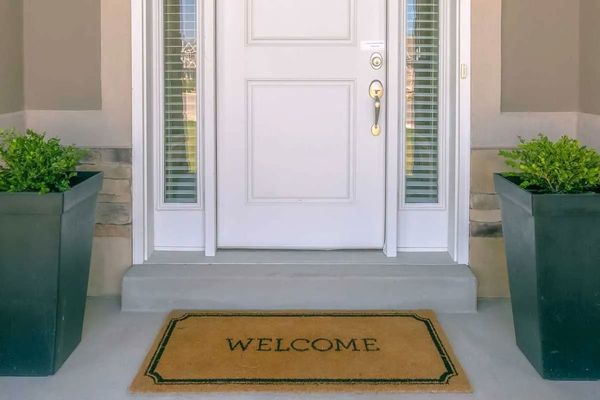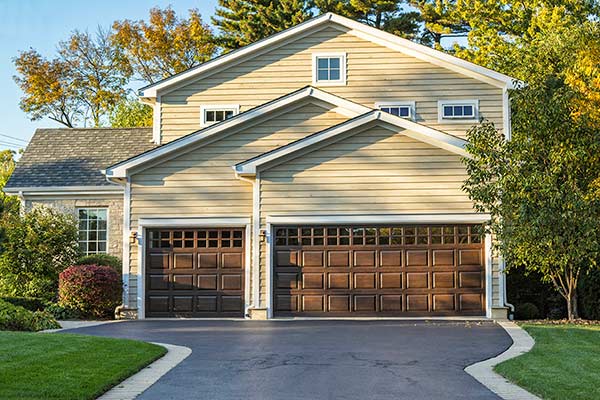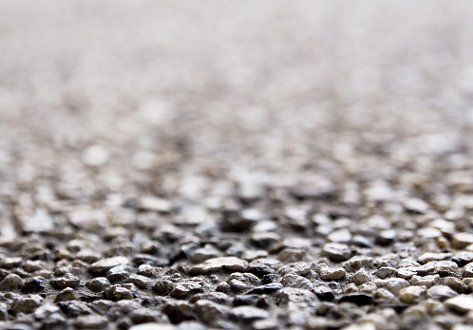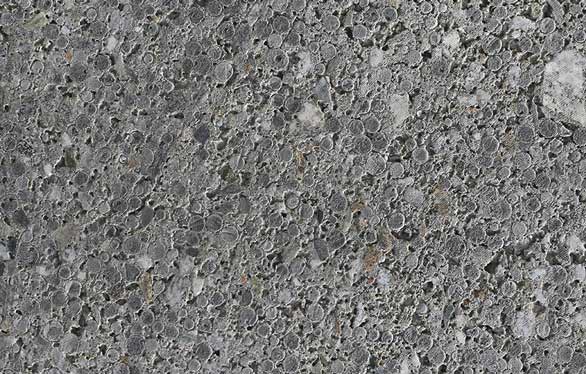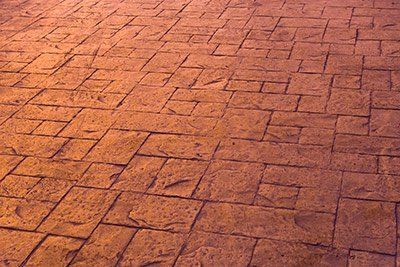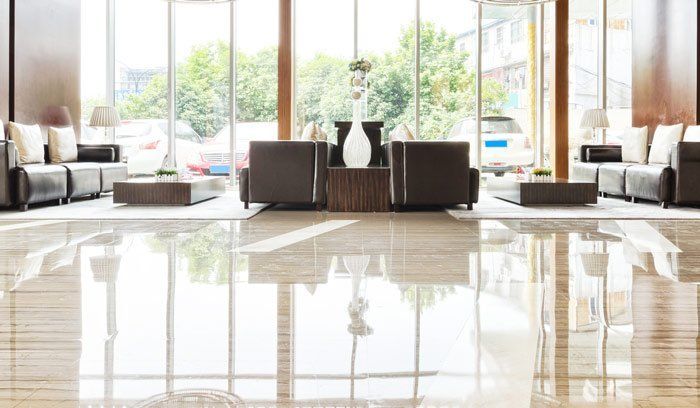Many house styles feature a front porch. Some feature a modest entry while others offer a long outdoor living area. Concrete stands up well to foot traffic and the vagaries of the weather, so it's a good material for the porch floor. The contractors can also stamp the concrete so it resembles another material.
If you're remodeling your porch or making choices for a new build, consider durable stamped concrete. You can match the stamped concrete floor to your house's architectural style by studying the following guide.
Modest Styles
As the name suggests, modest styles are for those houses with a simple approach to architecture. They're not plain, but their façades don't feature a lot of ornamentation. Their porches follow suit.
One popular modest house is the ranch. These one-story structures have wood siding and sometimes some stone veneer. Their porches are often open. For this porch, you want your stamped concrete to resemble a traditional building material, stone. If your house's façade already has stone, don't try to mimic the original. Instead, try a general stone or slate texturing.
A bungalow is a similarly modest house, but one that commonly comes with two stories. They're typically finished with wooden shakes or shingles. They feature a wide, covered veranda for a porch.
Bungalows are meant to look rough yet glamorous. Part of that look comes from the shake or shingle siding, which is a high-end material. However, the siding weathers to a pleasantly rough patina. For a bungalow porch floor, then, consider a concrete slab stamped to resemble the wood that's integral to the style.
Elaborate Styles
The following architecture styles are polar opposites of the above. They're often bigger and grander with a lot of ornamentation in their façades.
Tudor houses usually feature asymmetry and a lot of trim. Builders use a decorative combination of wood, brick, stone, and stucco in the façades. The porches are often a little larger than ranch porches but perhaps not as long as bungalow verandas. They can be covered or left open.
The traditional material for the porch floor is either brick or stone, so you could choose concrete stamped with either of those patterns. As with the ranch house, consider a basic stone instead of a mortared stone pattern.
Victorian houses are even more elaborate than Tudors - they even feature architectural elements such as turrets and arches. Their façades feature elaborate trim and multicolor palettes. Unlike Tudors, though, builders use fewer materials - the façades are often wood only.
Victorian porches are usually covered. They feature elaborate trim and craftsmanship in the balusters and rails. Because of the prevalence of the material in the façade, a wood-stamped concrete floor would be appropriate.
Medium Styles
Houses in this category tend to fall somewhere between the above two extremes.
On the surface, Craftsman houses resemble ranch homes. However, they stem from their own movement - the Arts and Crafts movement of the early 20th century. Like ranch houses, their façades are predominantly in wood with some stone. The main difference is that the wood is elaborately crafted - hence the name.
Because crafted wood is the centerpiece of a Craftsman home, you might want to stay away from wood-stamped concrete. Look instead for a pattern that complements the details in the house's façade. For example, look at patterns that resemble mortared stone.
A Colonial house goes in a different direction than either ranch or bungalow homes. The façade is symmetrical and stately to resemble old style manor houses. Modern-day gated community houses are often based on the Colonial style. Builders use high-end materials such as stone and, especially, brick in the façade.
For all their grandeur, Colonial porches tend to be modest-sized. However, they usually feature columns and a pediment over the small porch. You could choose concrete stamped with a brick pattern for this style of house.
Use your house's architectural style as inspiration for your stamped concrete porch floor. Let
Carolina Concrete Designs, Inc.
design and pour the concrete floor for you.
